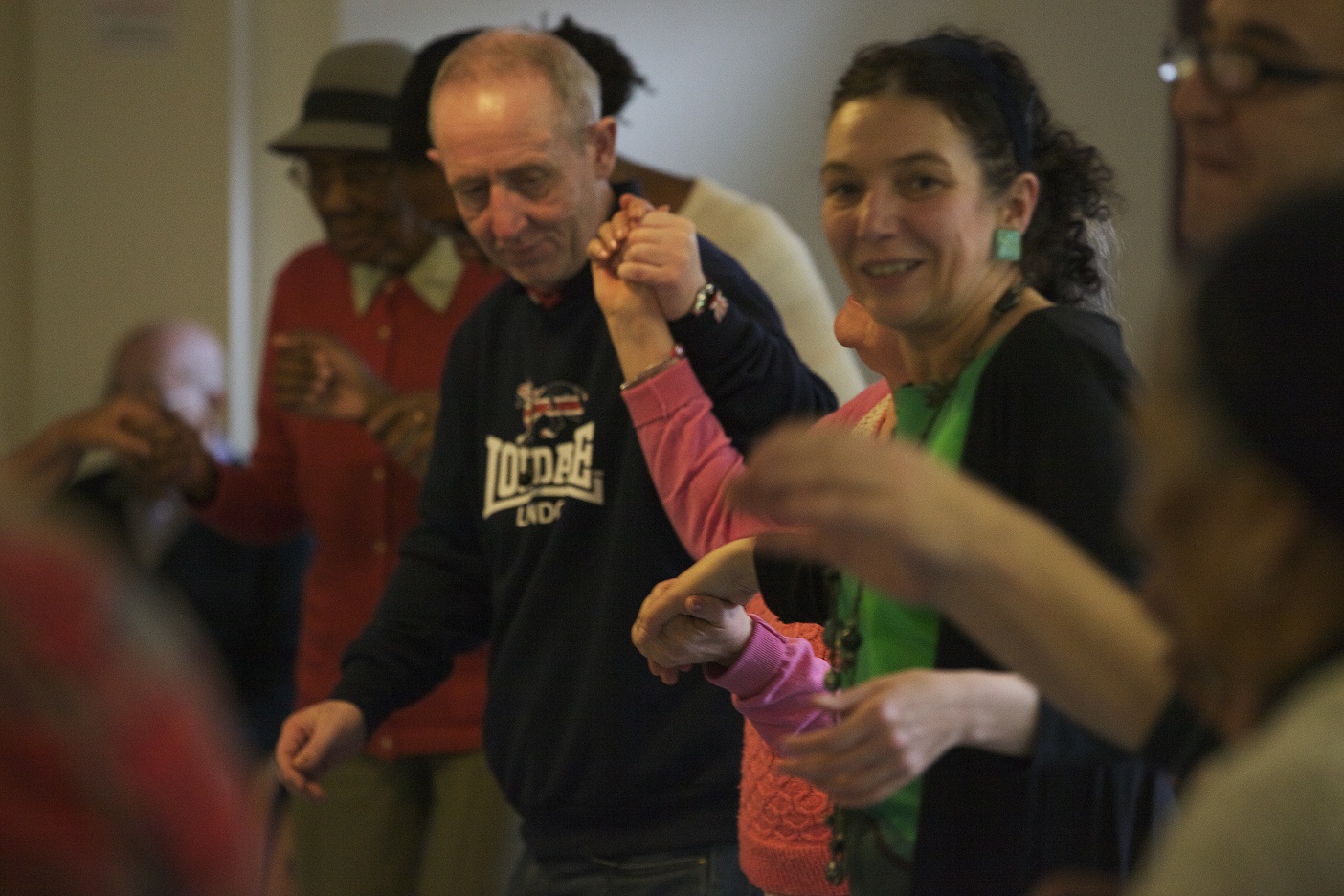
The 28 February 2015 marks the 8th International Rare Disease Day, the aim of which is to raise awareness amongst policy makers and the public about rare diseases and their impact on patients' lives.
There are over 6000 recognised rare conditions and in the UK, over 3.5 million people will be affected by a rare condition at some point in their life. The day will be celebrated by over 80 countries.
How is PHE making a contribution to work on rare diseases?
We’re committed to the expansion of the Congenital Anomaly and Rare Disease Registration Service in England and now run the ORPHANET UK office after its move from the University of Manchester.
What is ORPHANET?
ORPHANET is an international rare disease and orphan drugs portal which aims to increase awareness of rare diseases and improve diagnosis, care and treatment of patients with rare diseases. ORPHANET’s objectives are achieved by national teams responsible for collection of data on expert resources, and the UK has actively contributed to the ORPHANET database for the past decade by registering rare disease activities across the UK and Ireland.
What is congenital anomaly and rare disease registration?
Every pregnant woman hopes that her baby will be healthy and most babies are.
However, a few babies do have problems (abnormalities) such as cleft lip, spina bifida, congenital heart disease or Down syndrome. These are sometimes called congenital anomalies or congenital malformations.
Some congenital anomalies are detected during pregnancy, some are found at birth, while others become obvious only as a baby grows older.
Rare diseases are those which affect a small number of people compared to the general population and, as a consequence of their rarity present specific issues with regard to diagnosis, treatment and/or prevention. In Europe, a disease is considered to be rare when it affects 1 person in 2,000.
Currently, congenital anomaly registration covers 49% of births in England. The creation of the National Congenital Anomaly and Rare Disease Registration Service (NCARDRS), that will go live later this year, will ensure coverage across the whole of England.
This supports the request from patients, identified through public consultation, for congenital anomaly and rare disease registration and is integral to the commitments set out in the 2011 Chief Medical Officers Report and the UK Rare Disease Strategy.
The service will provide essential data for patients, their families, clinicians, public health, research and service delivery to improve monitoring of the frequency, nature, cause and outcomes of congenital anomalies and rare diseases.
The design of NCARDRS is based on PHE’s experience of creating and managing the National Cancer Registration Service (NCRS) which is now one of the largest, most timely and comprehensive cancer registration services anywhere in the world.
Collecting information on congenital anomalies and rare diseases is important for a number of reasons:
- To look at numbers and trends - for example to understand any changes or any patterns over time, identify groups at high risk of being affected
- To improve our understanding of congenital anomalies and rare diseases and help research into their prevention, causes and treatment,
- To give health professionals information to support and monitor their clinical practice,
- To help support patients and their families,
- To help plan and develop NHS services,
- To monitor and evaluate screening programmes.
For more information on Orphanet go to www.orpha.net or contact us on orphanet-UK@phe.gov.uk
